|
with Kim Rodgers This week in Chemistry we learned about mixtures. Some things dissolve when mixed with other things and some do not. It’s the molecules that determine whether or not they will dissolve. They must follow rules. The main rule for dissolving is “like dissolves like,” which means molecules that are alike will dissolve and molecules that are not alike will not dissolve. We learned that water contains both an H (hydrogen) group and an OH (oxygen hydrogen) group, which allows many molecules to dissolve into it. Oil and grease are not like water, but soap has molecules that are a little like water and a little like oil. The oily part of soap dissolves in the oil and the watery part of soap will dissolve in water. The oil molecules are trapped by the soap and water inside a little droplet and rinses away! Mixing It Up!For our experiment the students made hypotheses about whether or not certain liquids would mix (they couldn’t see where one liquid began and another ended) or whether they would not mix (visible separation of some sort). Our liquids were water, milk, juice, oil, and melted butter. They used their experiences with those liquids to determine their hypotheses. Pairs then split up and spent the class period mixing the liquids and writing down their data. Afterwards they came to the conclusion that water, milk, and juice shared similar properties, while oil and butter shared properties. Then we took a small spoonful of dish soap and added it to each mixture to observe if the mixtures changed at all. Our results were a little skewed because at this point the butter started to congeal again. But the students did notice that the soap allowed the oil to mix a little more with the water, juice, and milk. They still weren’t completely mixed, but the difference between the two liquids was less noticeable. Please encourage your child to use their notebooking page to write down something they remember from class. I challenged them to not only write down what we did, but also a reason why our experiment turned out the way it did. If they forget, feel free to read them the Mosaic Minutes so their memory can be refreshed and look over their data with them. These things will help the lessons learned extend beyond our class. Richard the Lionhearted and the Magna Carta In the Middle Ages we read about Richard the Lionhearted and his brother John. When Richard was crowned King of England after his father died he began selling off his possessions in order to raise money for an army to join in the crusades. He was so obsessed with the idea of taking Jerusalem back that it consumed him and made him forget his kingdom. He joined forces with the King of France and the Duke of Austria, but soon quarreled with both of them and was left alone with his army. As they approached Jerusalem Saladdin’s army came out to meet them and kept them from entering. Richard wouldn’t even look at Jerusalem at that point. It was too painful. Richard began hearing rumors that his brother was trying to take over the throne while he was away, so he began journeying back home to take care of the situation. He took a short cut through Austria and ran into the king whom he had fought with. The king locked Richard up in a prison tower. No one knew where Richard was and many considered him dead and mourned for him. According to legend, Richard had one friend who couldn’t believe that he was dead. Blonde traveled across Europe on foot checking dungeons and towers, singing an English song hoping to hear a voice responding in his native English tongue. He finally found Richard in the tower and went back to England to share the news. The king of Austria demanded ransom in the sum of 150,000 marks, which is almost $3,000,000 in today’s money! But England paid in order to get its king back home. He wasn’t home long before he was off again, fighting in a battle close to home. Unfortunately, he was killed by a stray bullet in this battle. 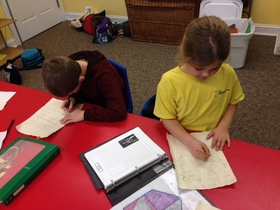 Richard’s brother John was not King of England, but unlike his brother Richard the Lionhearted, John’s nickname was John Lackland. When his father died he left everything to Richard, which meant that John lacked land! John tried to show his strength by participating in many battles in France in which the French king was trying to take English castles in France. These battles cost a lot of money and John spent a lot of time charging enormous taxes and drumming up ways to get more money from the noblemen. This only made the noblemen resent John more. Finally they revolted and took an army into London and captured it. John decided to meet with the rebels. He was presented with a paper containing laws that the king had to follow. It was called the Magna Carta, or Great Charter. John knew that if he didn’t sign it he would lose his crown. This was the first time that the law ruled a country, instead of a king. Today we follow in the footsteps of the Magna Carta in that our leaders represent us and must follow the same laws that we do. The students used paper that had been dyed in tea to write up their own Magna Carta, pertaining to their bedroom. They are supposed to share their laws with their families and have everyone sign it and live by it for a week. They can share their experiences in class next week. with Angela Harris Analyzing Books Three - Five We finished up our discussion of our novel, My Ántonia, with a thorough review of the events and details of Books Three - Five. Make sure you are familiar with the novel before our final quiz by reviewing your active reading charts and short answer questions. Final QuizThe final quiz is on the Community Page. You need to recall story content, study the Key Facts handout, and all vocabulary from the Glencoe Guide. You also need to know the meaning of elegiac and nostalgic. Final Project - Family Tree Essay
Homework Assignment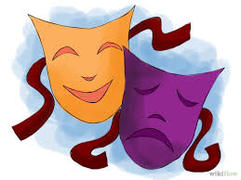 Good Masters and Sweet Ladies, we are now on our journey to performance! All students have chosen and been assigned their first monologue. We spent time in class introducing some drama warm-up exercises to practice projection and enunciation and then students broke into pairs to work on developing the first few lines or stanzas of their piece. We specifically worked on developing the characters - what is the character's personality and physical appearance? How would they stand, gesture, sit, walk, and speak? Each student had an opportunity to perform the first few lines of their monologue at the end of class to illustrate their interpretation and ideas. For homework this week (please read carefully - there are many items and we have much to do!):
with Kim Rodgers All About Bases (and Acids!)In Chemistry this week we talked about mixing acids and bases. When they combine they make a special reaction called an acid-base reaction. There is an exchange of atoms within the molecules in which new molecules are created. An important acid-base reaction occurs when our stomachs have too much acid and causes pain. The medicine we take to help our stomachs feel better is a base. It reacts with the acid in our stomachs and turns it into salt and water, which is why your stomach stops hurting. When a reaction is so small we can’t observe it with our eyes we need indicators to show us a reaction is taking place. A simple indicator is red cabbage juice. It turns pink when mixed with an acid and blackish-green when mixed with a base. We took several liquids and added an indicator to them to show if they were an acid (pink), a base (blackish-green), or neutral (purple). We made an hypothesis about what would happen when we mixed an acid with a base, an acid with a neutral, and a base with a neutral. The students paired up and used water droppers to mix pairs of liquids to confirm or disprove their hypotheses. When an acid or base were mixed with the neutral liquids they remained an acid or base. But when an acid was mixed with a base there were conflicting reports. We discussed how each liquid has a different acidity or basic-ness and depending on that amount it makes the indicator show more an acid or a base. Next week we’ll go over the student’s notebooking pages and move on to learning about mixtures. Crafting and CrusadesIn the Middle Ages we had some project work to finish. The students chose between finishing their castles or working on their embroidery. While they were working we learned about the crusades and how the fight for control of Jerusalem took many years and many wars. Jews, Christians, and Muslims claimed Jerusalem as their holy city, which incited these wars. Many warriors and common people were killed, and most crusades failed. Saladin, a Muslim commander, eventually took over Jerusalem. Again, the students have their notebooking page and map for next week.
See you then! with Angela Harris Analyzing Book Two 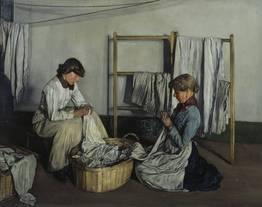 Albert Rutherston, "Laundry Girls" 1906 Albert Rutherston, "Laundry Girls" 1906 We had a good discussion today of Book Two of My Ántonia. We talked about the "hired girls" and how they were different from the townspeople in Black Hawk. They were always the daughters of immigrant farmers from the country and some worked as domestics in homes, some in hotels, some were dressmakers, and some "laundry girls." They sent money home to help with expenses, and in some cases were able to provide wood frame homes for their families that had up until that time been living in sod houses on the prairie. We also discussed some of the plot that wasn't too clear and set up our discussion of Book Three for next week. Finish the novel this week and check your syllabus for all homework. Literary Devices Exercise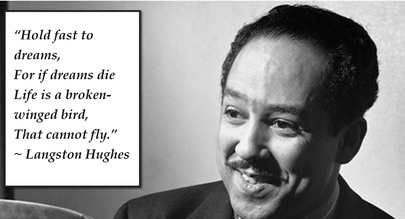 Before discussing our next essay assignment we read a short Langston Hughes poem, "The Negro Speaks of Rivers." Our challenge was to identify the number of times simile, metaphor, and personification were used. Mr. Langston was fond of figurative language (see quote at left for a good example!). We agreed personification is typically easy to spot, while occasionally simile vs. metaphor can be a bit trickier! Remember the definitions of each and that simile uses connective words such as "like," "as," or "than," or sometimes a verb like "resembles." Figurative Language Essay This week's assignment may be the most challenging to date, and so here is a basic outline you can follow with some ideas of how to address the question(s).
Essay Assignment: How important is figurative language to Willa Cather’s writing style? How does Cather’s use of imagery (or figurative language) communicate the themes of her novel? Introduction: First sentence(s): Address the first question--here are some things to think about: What would the novel be like without the extensive use of figurative language? Would it be as interesting to read? How does her language help you see in your mind's eye what the Nebraska prairie looks like? What about the characters? How does it help you get to know them? Hint: the answer to the first question is really in the second question. Figurative language is important because it communicates the theme(s) of the novel. Your thesis statement can be the answer to the second question. You won't be able to answer the second question and develop your thesis until you do your research. Refer to the worksheet that we went over in class and that I posted to the Community Page. As a reminder the themes we are focusing on are: humankind’s relationship to the past; humankind’s relationship to the environment; the immigrant experience in America Preview the three types of figurative language you found (simile, metaphor, personification?) and what theme(s) you think they convey (these can be your three points). Remember the introduction should preview or forecast what you're going to talk about. Three Body Paragraphs: Use the worksheet to guide you in selecting the three quotes you want to use. Remember the proper citation after the quote--author and page number (for example; Cather, 12). Do not use a quote that is longer than four lines when you type it out, a longer quote than four lines is very unwieldy and you really want to narrow your focus on the bit of figurative language that conveys the theme(s). It would be ideal to find one of each: personification or imagery (remember imagery is a word or phrase that refers to the five senses and helps create a physical experience), simile, and metaphor. If you end up using two metaphor and one simile, or some other combination, that is fine. State the type of figurative language you found and work the quote into your paragraph. Tell me how you think the quote communicates the theme(s). This will be the most challenging part, and can be your own opinion, just make sure it is logical! Remember to pad with your own writing as much as possible. There is plenty of room here for personal opinion and interpretation. Repeat the above for paragraphs three and four. Conclusion: Does not have to be overly structured. Review and restate in new language the three types of figurative language you covered and how they communicated the theme(s) of the novel. Wrap up with a brief summation of why figurative language is important to Willa Cather's writing style. If you get stuck, email me and I will do my best to guide you through! See you next week. Two more classes and we have a two week spring break before our final session! with Leigh Ann Yoder DNA KeychainsIt was a pleasure to have all of our students arrive early to make their DNA keychains. Hopefully you have seen them by now. If the students would like to make more the directions are here.
HomeworkHomework is significant this week, so please plan accordingly. Remember - Optional Chapter 2 review at 9:30AM next week.
Mandatory: Finish Multiplying by Dividing Lab (Analysis and Conclusion) Finish Mitosis Flipbook (Bring in next week) Read 2.4 Cancer and complete Study Workbook Read Science and Society pg 68-69 of Text Optional: Online Activity pg. 66 of Text Chapter 2 Review: Key Terms and Concepts and Connecting Concepts Study Chapter 2 for test (Test will be given next week) with Leigh Ann Yoder PhotosynthesisWe went over both the definition and the two stages of photosynthesis in detail and reviewed the photosynthesis equation. Students are expected to both memorize and understand the equation. I explained that if they can remember the two raw materials, Carbon Dioxide and water, and the number 6 they should be able to balance the equation with the products. We also discussed the difference between autotrophs and heterotrophs and how the sun's energy is passed throughout the food chain via photosynthesis. We conducted two hands-on activities relating to photosynthesis. The first was a simple chromatography which allowed the students to observe the pigments in a leaf. We had a variety of leaves available and were able to see the differences. I recommend the students conduct this activity at home later in the spring as they are certain to see more stunning results. They can follow the directions on page 47 of the textbook. Second, the students had an opportunity to mount their very first slides! Using romaine lettuce and forceps they carefully stripped a piece of the upper dermis and mounted it. Using iodine as a stain they observed the stomata on the underside of the leaf. Ask your student what the purpose of the stomata are. We ran out of time, but I believe each student had time to view their slide. We will talk a bit more about the slides next week and compare them to the cross sections we viewed several weeks ago. RespirationRespiration is the opposite of photosynthesis. In class we focused on cellular respiration which takes place within animal cells. The emphasis was on the way in which the cells obtain carbohydrates and Oxygen and use these raw materials to produce energy, water and Carbon Dioxide. Again, we spent time on the equation, so students should easily memorize the respiration formula once they master the one for photosynthesis. We also talked about both alcoholic and lactic acid fermentations. Students need to remember fermentation is respiration without oxygen. Also, alcohol and lactic acid are the products of fermentation, not the raw materials. As a class we set up a simple experiment with yeast and sugar to observe the product of alcoholic fermentation. This activity is described on page 49 of the text. As you can see, our class time is full. I had hoped the students would have made a slide mount of the yeast cells, but we ran short. I do appreciate everyone arriving to class on time and prepared as we don't have a minute to spare. HomeworkMandatory:
Read chapter 2.3 on Cell Division and complete the Study Guide Complete the Math Analyzing Data activity on pg. 60 of the text Optional: Enrichment (in notebook) - History of Fermentation Online Activity on pg. 59 Remember - We will be making DNA Keychains before class next week. Please arrive promptly at 9:30 if you would like to make one. with Angela Harris Characterization ExerciseAfter analyzing the Introduction and Book One of My Ántonia, we moved into an exercise on characterization. We talked about how, in real life, we get to know what a person is all about. We came up with a list that included actions, clothing, family life, favorite foods, location, names, occupation, physical appearances, props, social status, speech and dialogue, and thoughts and opinions. We also reviewed the definitions of round and flat characters and direct and indirect characterization. After giving a few examples, I had the students think of a friend or acquaintance and describe him/her using at least three different types of characterization--same person, but three different sentences. After writing the three sentences, they chose the one they liked the best, shared it with the group, and then we decided which tool of characterization was used. Some were obvious and some more subtle. Some even used two types of characterization. Characterization EssayWe talked about characterization because our next essay focuses on the characterization of the heroine of our story--Ántonia Shimerda. In crafting your essays this week, follow the Expository Essay Guide that I made for you, but bear in mind these very important modifications:
Introduction: Follow the guide; you still need a thesis, but not necessarily a thesis with tension since we are not really making a debatable claim this time--this is a character analysis. Remember the thesis is the controlling idea of the paper. Try not to simply state the obvious--a thesis statement should be a fresh idea or opinion that is supportable based on facts or evidence taken from the story. This may take some work, since in this case, the thesis statement is not an assertion to a question that was posed. The three points you are making can simply be what we discussed in class--that Ántonia is high-spirited, proud, and generous. If you feel that is debatable, and you want to make a claim that she has different personality traits, that is up to you! Second - Fourth Paragraphs: Each point should have a quote from the book that supports the claim (she is "high-spirited" for paragraph 2, "proud" for paragraph 3, and "generous" for paragraph 4). After the quote from the book, place the author's last name and page number like this: "After Ántonia had said the new words over and over, she wanted to give me a little chased silver ring she wore on her middle finger. When she coaxed and insisted, I repulsed her quite sternly. I didn't want her ring, and I felt there was something reckless and extravagant about her wishing to give it away to a boy she had never seen before" (Cather, 23). Don't use more than four lines of text per quote and don't simply start the paragraph with the quote. It will be up to you to craft the paragraph in such a way that you use your own writing to explain why the quote supports the point. This is a less formulaic approach than our last essay. Conclusion: You can follow the guide pretty exactly for the conclusion, although you do not necessarily need to "take a stand" or "persuade the reader" for this essay. Any questions or confusion, just email me! with Kim Rodgers Chemistry BasicsThis week in Chemistry we learned about acids and bases. A base has an OH group (an oxygen atom and a hydrogen atom) and an acid has an H group (just a hydrogen atom). Both acids and bases are important and needed in lots of very useful reactions. We learned that acids generally taste sour and bases taste bitter and are slippery. We put our new found knowledge to the test through an experiment. We had 7 liquids: white grape juice, lemon juice, grapefruit juice, milk, baking soda water, mineral water, and water with alka-seltzer tablets. The students first made predictions whether they thought each liquid would be “sour” or “not sour.” I made it clear that the liquid might not taste very good, but that didn’t mean it was sour. Some of them might taste more bitter. It’s very easy to find foods that are acidic, but more difficult to find foods that are basic. The only two safe ones used in our experiment were baking soda water and the antacid. Most household cleaning products are basic, but they obviously aren’t safe to taste! After they made their predictions, we tested them. The students tasted the liquids and determined if their predictions were correct or not. If a student didn’t want to try one, they relied on their classmates' opinion on whether the liquid was sour or not. We decided that the only two liquids that were actually sour were the lemon juice and the grapefruit juice. Next we used an indicator (red cabbage water that I had boiled the day before) to see if there was a change in color. The milk turned a gray color, but we thought that was because we added a deep purple color to a creamy white color, so we decided there wasn’t color change, per se. The mineral water also didn’t change much. The white grape juice, lemon juice, and grapefruit juice changed to pink. The antacid and the baking soda water changed to an oily black color with maybe a green tinge next to the edge of the glass. The liquids that turned the cabbage juice pink are called acids and the liquids that turned the juice blackish green are called bases. Some liquids like milk don’t change color much because they are neutral, which means they aren’t acids or bases. Medieval Knights
Samurai Warriors
For Next Week... For our project the students and I went over the symbolism used in the coat of arms knights used on their shields. People couldn’t tell which knight was which in battle because they were covered in armor from head to foot. Their coat of arms was what gave them away. The students used colors, animals, and symbols to make a coat of arms representing themselves. They took these home to finish if they needed to. Please have them bring them back next week to share, along with their mapping and notebooking pages.
Set Design: The Next Steps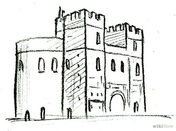 We spent about half the class this week sharing student ideas on set design concepts and discussing how to bring all ideas together into an overall concept. I think we have a great "big picture" plan for the village layout, and now need to start hammering out the details for the individual components. I would like each team or individual responsible for an assigned element to prepare the following:
Remember, we are looking to use everyday, inexpensive materials (large cardboard boxes are fantastic!) to create light, easy to carry and assemble pieces. Students had some fantastic ideas this week - keep the creativity flowing! Oh What Fun - the Monologues!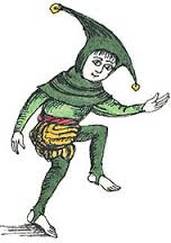 When I polled the class this week I was not at all surprised to learn that the monologue readings are everyones favorite class activity. We certainly never lack for volunteer readers! This week we discussed the three monologues assigned for homework, which ranged in mood from poignant and melancholy to silly and humorous. What a great collection of medieval characters and themes we have available for student performances! I have asked students to provide me with their top two or three monologue (or dialogue) preferences. I will hope to assign everyone to at least one of their top picks in the next few weeks. Homework...
Next week we will begin class with work on monologue performance techniques. See you then! |
Categories
All
Archives
May 2016
|

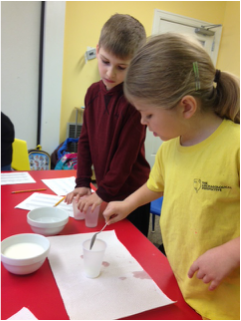
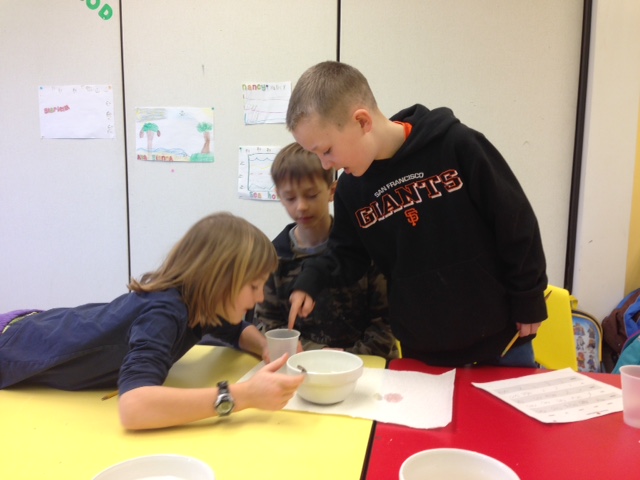
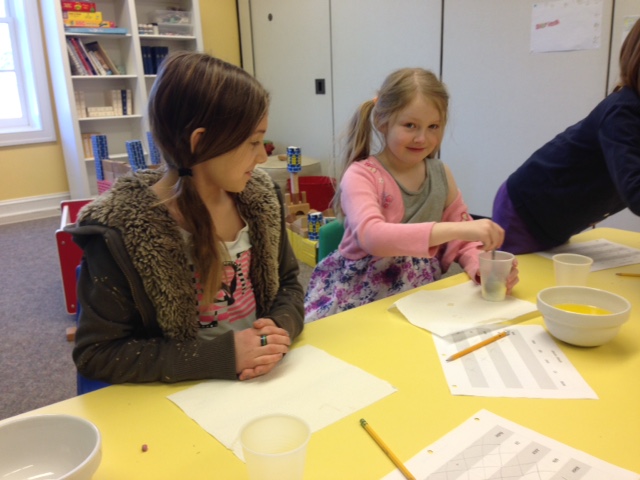
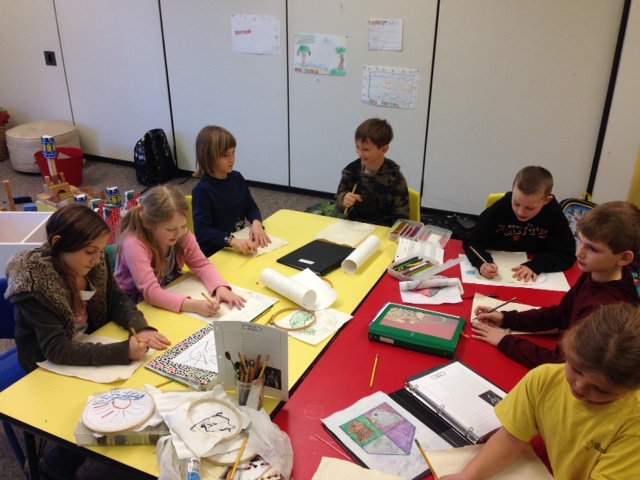
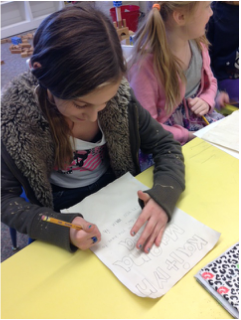
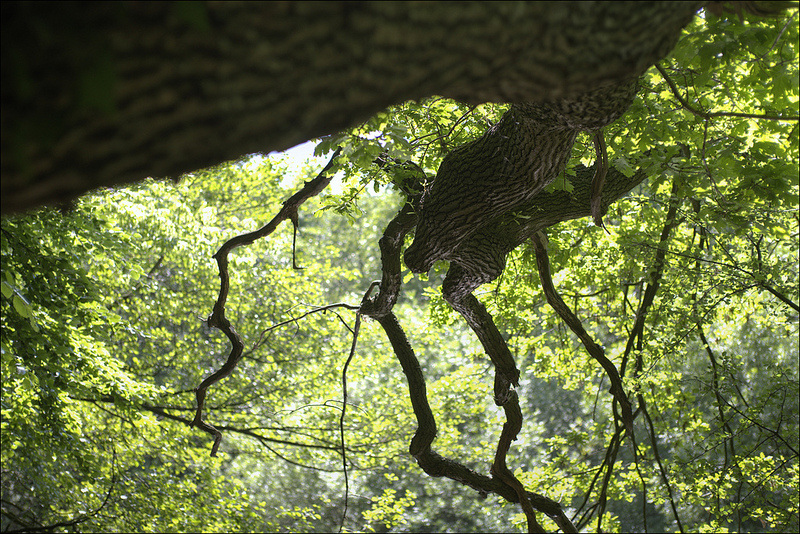
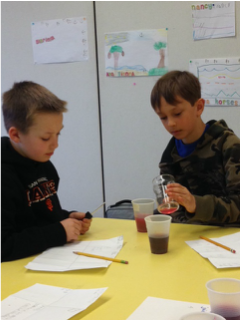
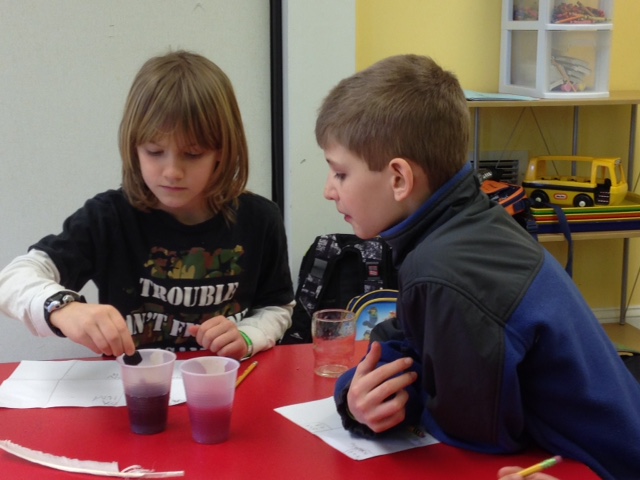
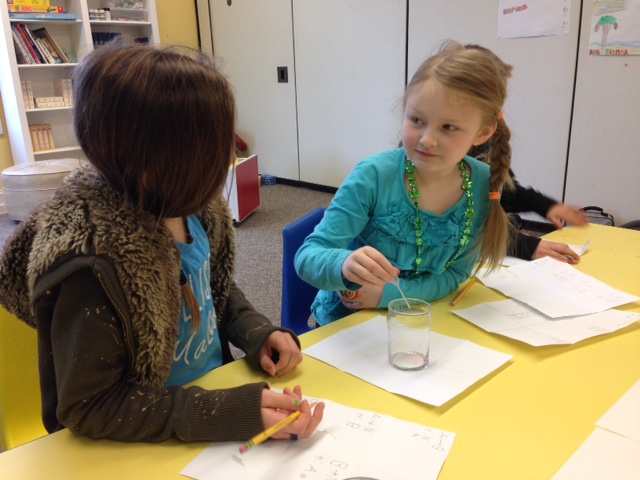
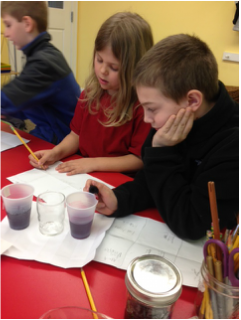
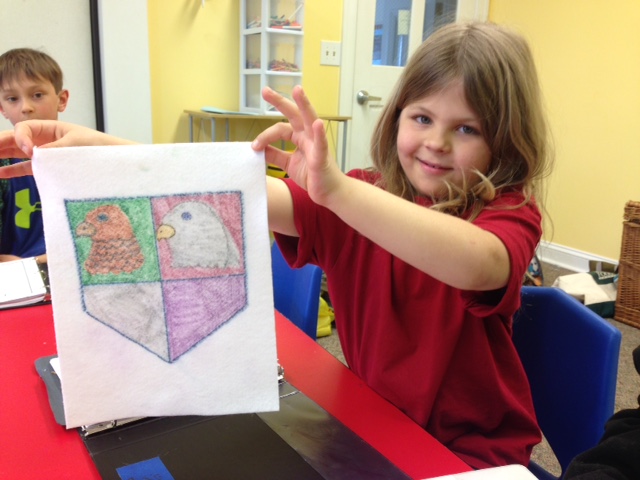
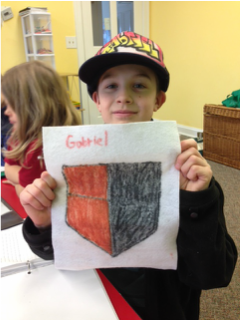
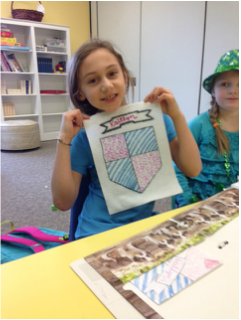
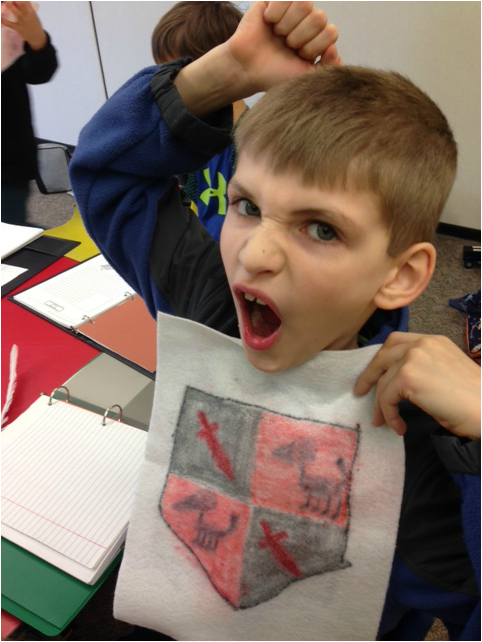
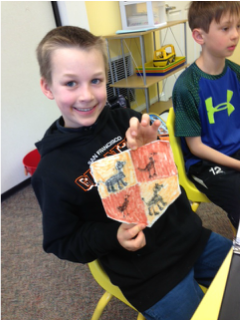
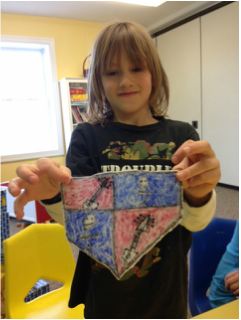
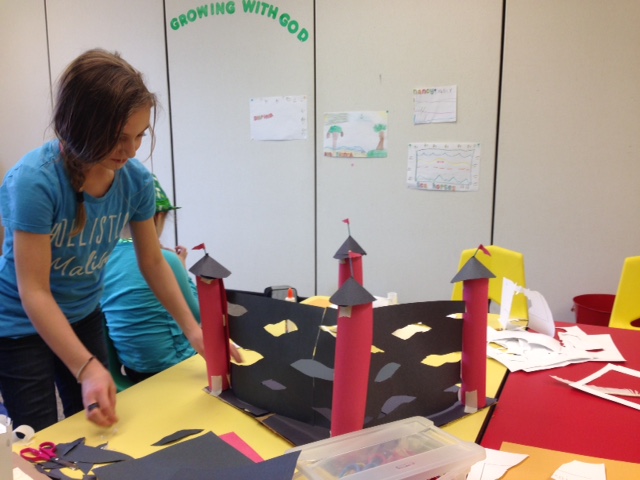
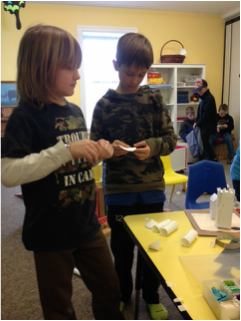
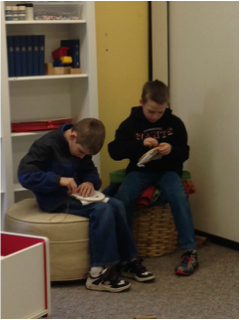

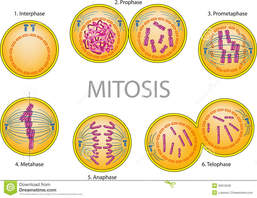


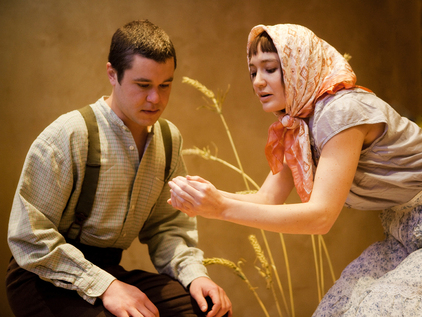
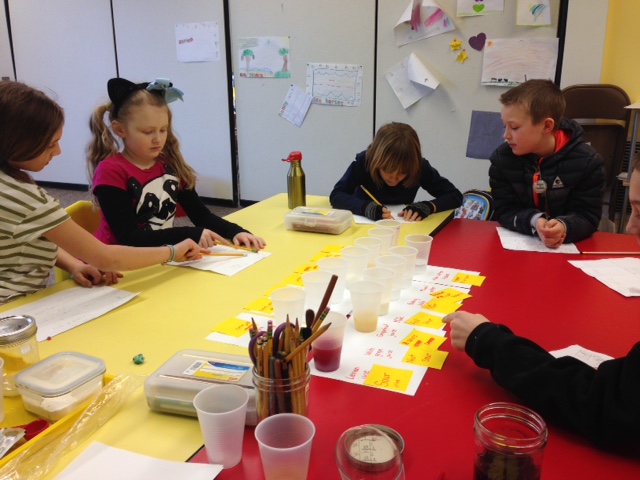
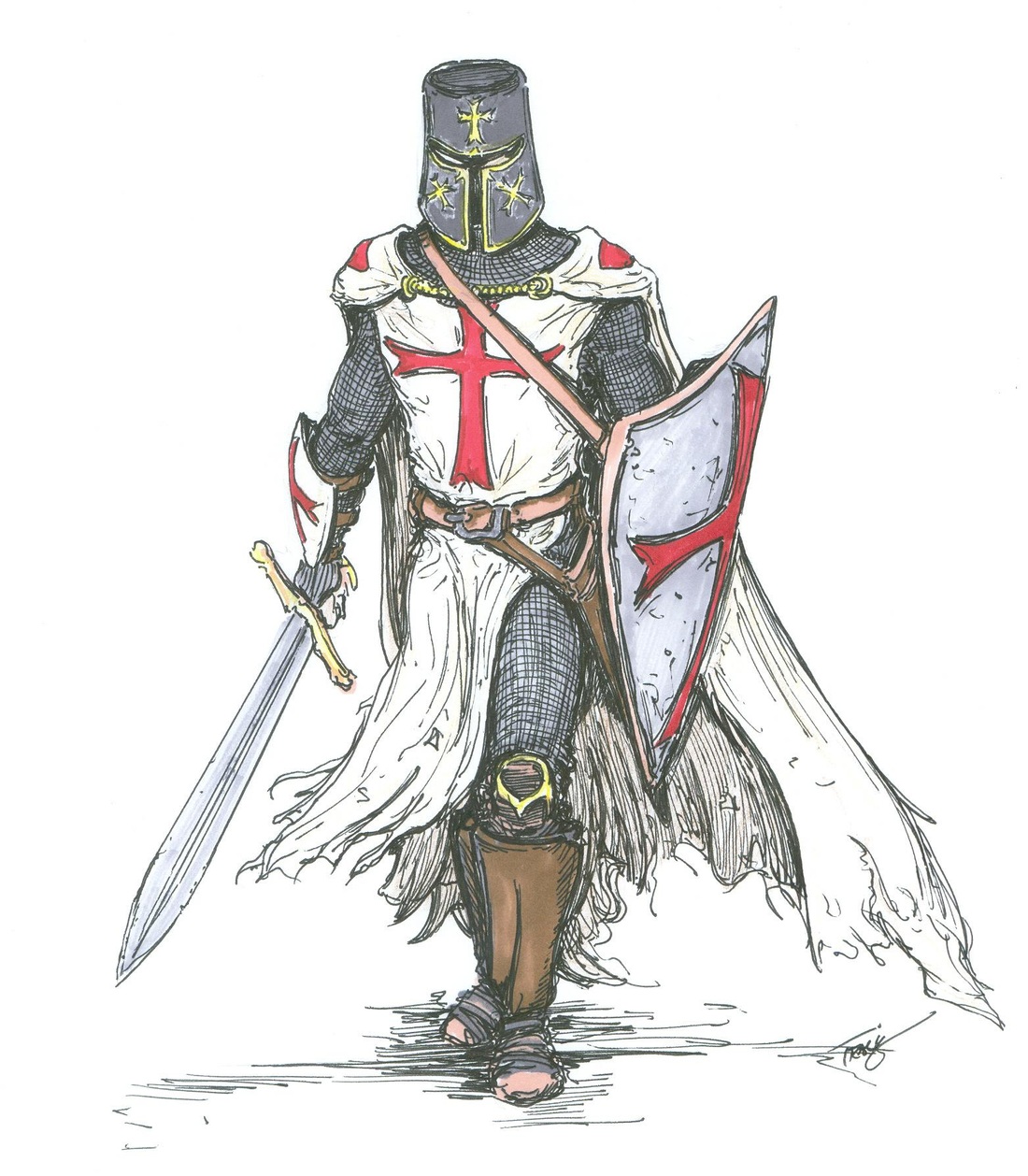
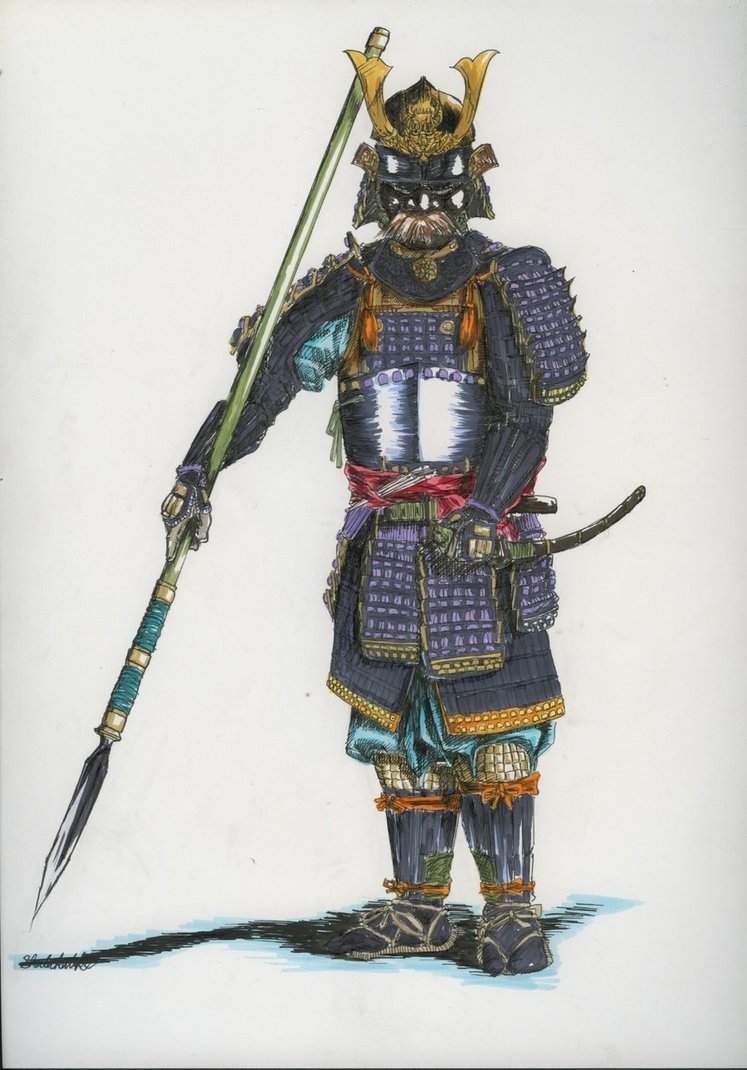
 RSS Feed
RSS Feed